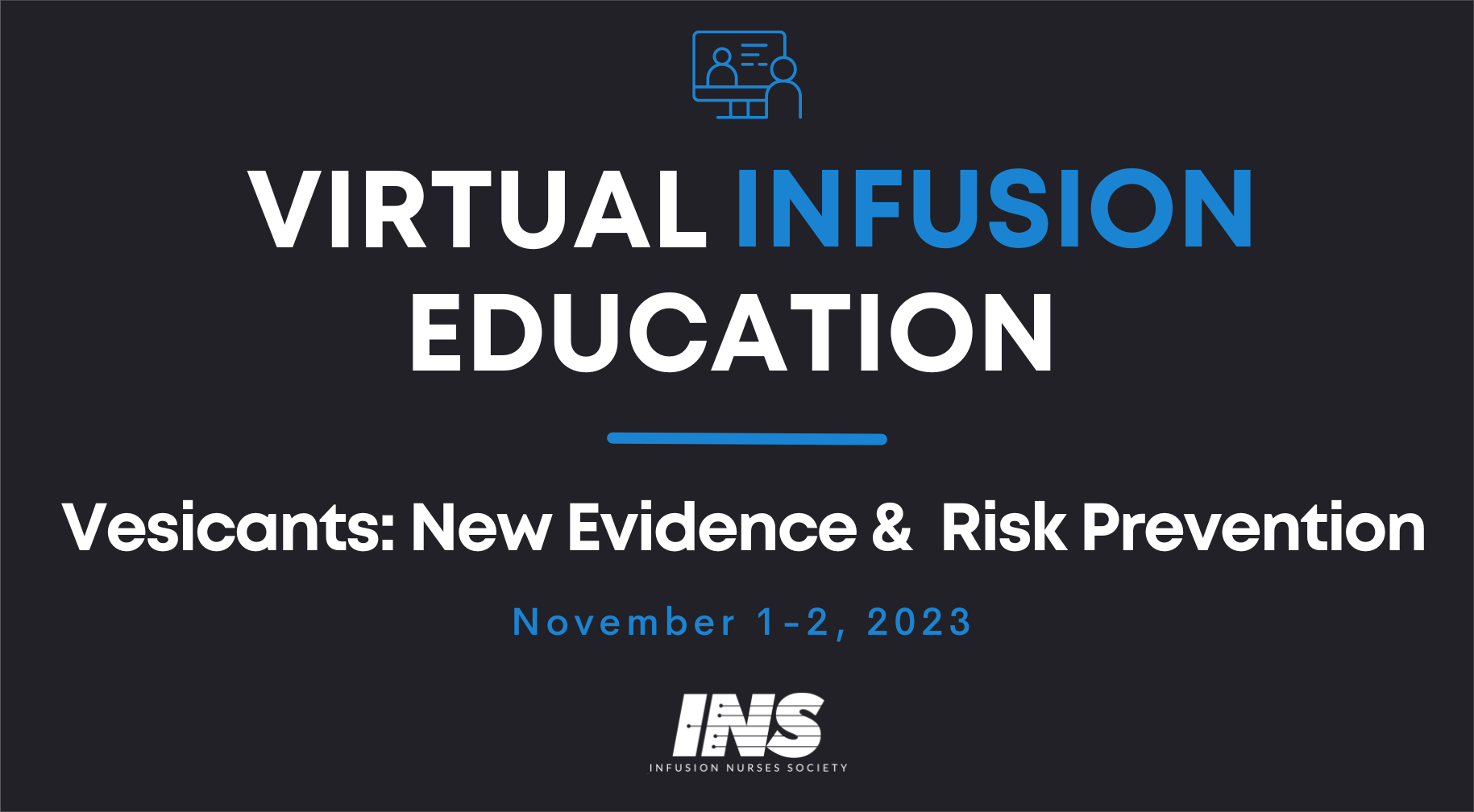
Learning Center
Identifying Vesicants
Extravasation injuries are preventable when clinicians identify which medications and solutions are vesicants, understand infusion-related risks, and implement preventative interventions. In a follow-up to the 2017 Vesicant Task Force development of an evidence-based vesicant list, a new task force was formed to review and update the 2017 vesicant list, identify current issues and risks relative to vesicant administration, and revise the Extravasation Prevention Checklist. This session provides an overview of the risks of extravasation and presents the updated vesicant list.
Learning Objectives: At the conclusion of this session, learners will be able to:
1. Discuss the risks and consequences of extravasations.
2. Identify vesicant medications and solutions.
3. Differentiate between the categories of high, moderate, and cautionary vesicants.

Lisa Gorski, MS, RN, HHCNS-BC, CRNI®, FAAN
Lisa Gorski has worked for over 35 years as a clinical nurse specialist (CNS)/educator for Wheaton Franciscan Home Health and Hospice, now Ascension at Home. Lisa is the author of more than 70 book chapters and journal articles and is the author of several books. She has served as the INS president from 2007-2008 and as the chair of the INS Standards of Practice Committee from 2009 to 2021, and is the cochair for the 2024 Standards. She is also the leader of the INS Vesicant Task Force. She speaks nationally and internationally on standards development, home health care, and infusion therapy/vascular access.
